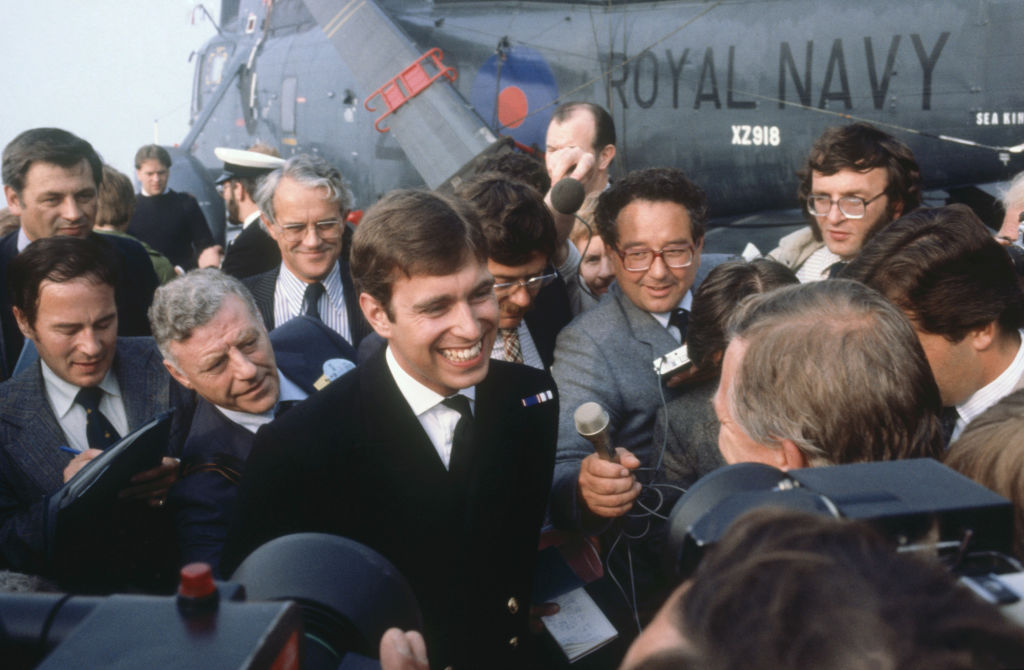In recent years, the green plains of Idlib province have seen some of the heaviest fighting in Syria’s protracted civil war. Since the Assad regime collapsed in December, the fighting here has stopped – but the dangers of war are far from over. People in Syria are still dying.
A 100-mm Soviet-made artillery shell lies on the ground at the side of a field being ploughed. If detonated, its shrapnel can travel up to half a kilometre. Workers from the British charity Halo Trust approach the shell carefully through a cleared ‘safe corridor’. They place large sandbags around it and plant a small TNT charge. Once at a safe distance and hidden behind a half-destroyed building, one of them presses a small detonation button. A deep thump follows.
Clearing landmines and other military debris is more urgent than ever
‘Since August 2022, we have cleared over 1,500 mines and other explosives,’ says Hussein Kazhali, the operational country manager of Halo Trust for Syria. The pieces of shrapnel in the ground have such sharp edges that they are capable of cutting fingers if lifted without gloves. Currently, the Halo Trust has 48 active personnel and operates only in the northwest of Syria. By the end of the year, the charity hopes to increase its staff to a thousand and expand operations to the whole country.
Clearing landmines and other military debris is more urgent than ever. As millions of refugees prepare to return to their country, many of their homes – or what is left of them – are littered with unexploded mortar and artillery shells, rockets, mines, and booby traps. According to Halo, since the fall of Assad alone, landmines and other explosive debris have killed and injured at least 400 civilians. The actual number is believed to be much higher.
‘Cluster bombs are even more dangerous to civilians than mines,’ says Kazhali. Frequently used by the Russians, these bombs are dropped from the sky, their canisters then open midair, releasing up to several hundred small explosives that might or might not detonate upon impact. ‘They are designed to resemble little balls or toys, so children often fall victim to them.’
Kazhali thinks cluster munitions should be banned across the world as it is impossible to use them against specific military targets, their range covering whole areas. The damage is indiscriminate. There is a convention banning their use, but Russia, Syria, and the US, for that matter, never signed it.
When Ahmed al-Sharaa and his Islamist group, Hayat Tahrir al-Sham (HTS), took over the government in Damascus two months ago, they promised that there would be no bloodbath or widespread revenge killings. But as the weeks go by, reports by human rights organisations of field executions and sectarian violence mount. The Syrian Observatory recorded at least 246 fatalities in relation to such incidents.
Scores of men accused of association with the previous regime are being arrested by the new administration and transferred to prisons in unknown conditions. There is very little information on the workings of the military judiciary and how these men will be tried – if at all they will be.
Though the Assad family’s 54-year dictatorship has fallen, the civil war is not yet over. Around a third of the country is controlled by the US-backed Syrian Democratic Forces (SDF), spearheaded by Kurdish insurgent groups. Turkey regards them as ‘terrorists’ and an existential threat to their national security that they want to see erased.
The so-called Syrian National Army (SNA), made up of former rebel factions now on Ankara’s payroll, is engulfed in a bitter fight with the SDF along the Euphrates River. Despite having Turkish air and artillery support, the SNA appears to suffer most of the casualties. They lose around seven soldiers for each Kurdish fighter killed on the front. It is worth noting that many of the Kurdish fighters of the SDF were trained and armed by the US.
The fighting and damage are not limited to the front line. Turkey regularly carries out air raids and artillery strikes across the border in the region controlled by the SDF. ‘They hit military targets but also civilians,’ explains Sanchez (not his real name), a British man who has been living in the area for the past few years. ‘In this town [Qamishli], too, you can feel the effects of war. Men are leaving for the front lines to fight; others are coming back dead.’
Negotiations between the HTS in Damascus and the SDF in the northeast are ongoing but there has been little progress. Many in the SDF-controlled areas fear that if talks break down, Turkey will attack from the north, SNA rebels from the west, and the HTS from the south. The 2,000 US troops stationed there are the SDF’s biggest security guarantors against a direct Turkish attack, but the Trump administration signalled interest last week in pulling them out. ‘No one knows what the future holds,’ notes Sanchez. ‘Everyone hopes for the best but prepares for the worst.’







Comments